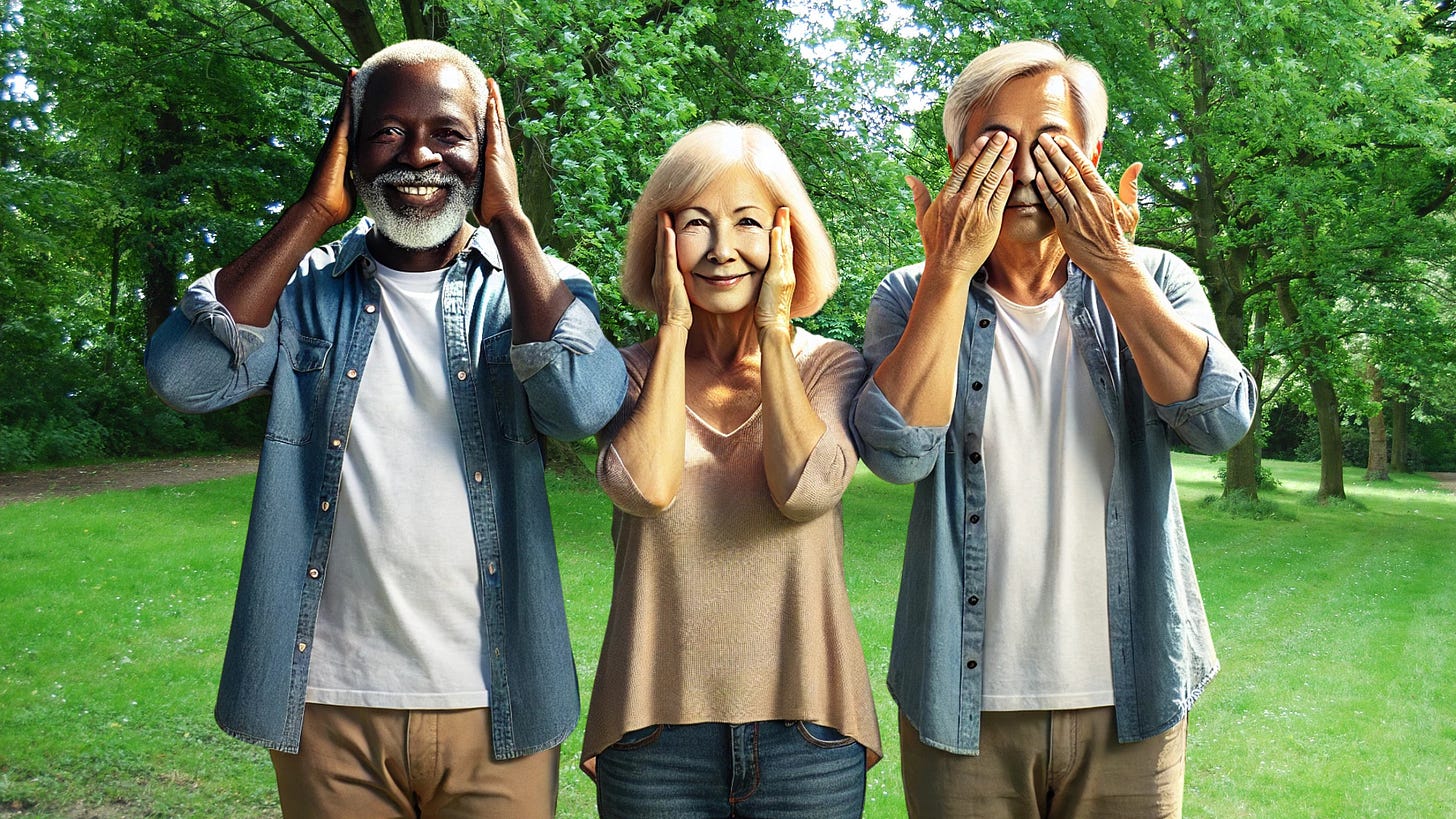Peak Longevity
Human life expectancy is plateauing, according to a new report. Here's what that means
A recent study suggests that the rapid rise in human life expectancy seen in the 20th century is slowing, with the likelihood of reaching 100 remaining low. While medical advances have extended life, many are living longer in poor health, straining healthcare systems and requiring more resources for chronic conditions. With declining birth rates and a shrinking labor force, economies may face significant challenges, as increasing older worker participation may not be enough to sustain economic growth.
WASHINGTON—A recent study analyzing mortality data from 10 countries over the past three decades suggests the exponential rise in human life expectancy that occurred in the 20th Century may be slowing and, perhaps, coming to an end. “There are limits to how far we can push the envelope of human survival,” says S. Jay Olshansky, an epidemiologist at the University of Illinois Chicago and co-author of the study. He argues that the era of radical life extension is over, as aging biology remains a significant barrier despite the claims of longevity scientists like David Sinclair, who promise the contrary.
The study, published in Nature Aging, found that life expectancy gains have decelerated in most regions. For example, between 2010 and 2019, the rate of improvement dropped below that seen in previous decades, with only Hong Kong and South Korea bucking the trend — these two places also have some of the lowest birth rates in the world. The likelihood of living to 100 remains slim—just 5.1% for women and 1.8% for men born since 2010. So, those projections that state that half of the children born today will reach the centenarian mark in their lifetimes may be overly rosy.
At the same time, there’s a growing gap between healthy longevity—the number of years a person can expect to live in good health—and overall longevity, or life expectancy, is expanding. This growing divide means that while people are living longer than ever before, many are spending more of their later years in poor health, facing chronic diseases, disability, or reduced quality of life. As many Baby Boomers enter their later years, more financial resources and manpower, like doctors, nurses, and family caregivers, will be needed to keep them sick and alive.
Mind the Gap
Advances in medicine, public health, and technology have helped extend human life expectancy, but they have not been equally successful in extending the years people spend in good health. This disparity is particularly evident in developed countries, like the United States, where more people are surviving into old age but are living with conditions like heart disease, diabetes, and cognitive decline. For example, while a person might live to 85, they could spend the last 15 years managing multiple health issues, limiting their independence and well-being, negatively impacting their financial health and quality of life.
One reason for this gap is the difference in how medical progress is applied. Treatments have improved for life-threatening illnesses, allowing more people to survive, but there has been less progress in preventing or mitigating the chronic conditions that often develop with age. Socioeconomic factors also play a role, as wealthier, better-educated individuals tend to experience longer periods of good health compared to those in lower-income groups, who face barriers like limited access to healthcare, nutritious food, and physical activity.
This expanding gap has significant implications, not just for individuals but for healthcare systems and economies. As populations get older, on average, there is a growing need to focus on strategies that promote healthy aging—keeping people healthier for longer rather than just prolonging life — so they can remain active and engaged. Addressing this issue will require a concerted effort to tackle the social, economic, and medical challenges associated with aging.
A Storm Coming
For years, demographers, economists, and national organizations, like AARP, have argued that increased longevity would be a boom for the economy, but only if businesses included older adults in their consumer strategies and extended working lives, yet they have failed to do so in a meaningful way. They said longer working lives and increased consumption amongst those over 65 would help stave off a labor shortage, continue economic growth, and improve government finances.
Today, most major economies are confronted with the dueling realities of decades of declining birth rates and an increasing number of retirees — too few people are coming into the labor market, and too many are leaving. Even though the labor force participation rate for those over 65 has increased in the U.S., for example, nearly doubling from around one in ten in the early 1990s to one in five today, according to The Pew Research Center, The White House projects that the old-age dependency ratio, or the number of people working to the number of people retired, will double by the end of this century.
But what happens if, as this report suggests, we hit the upper limit of longevity, birth rates remain low, and the gaps between healthy longevity and life expectancy persist?
Increasing the participation rate of older workers alone is likely not enough to stave off economic challenges in the coming years, even with policy proposals designed to increase the retirement age. The pool of workers and consumers needed to maintain economic prosperity will dwindle, and the economy could slow, causing a cascading effect that negatively impacts everything from social welfare to infrastructure.





